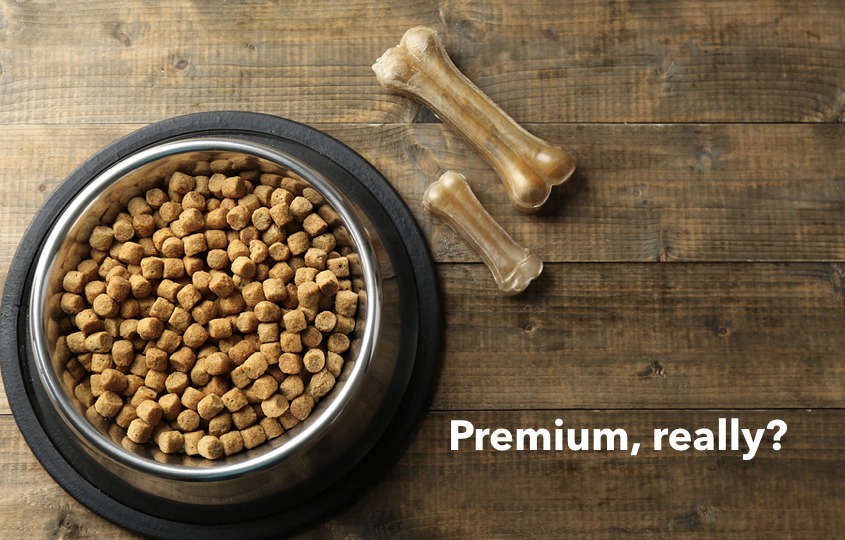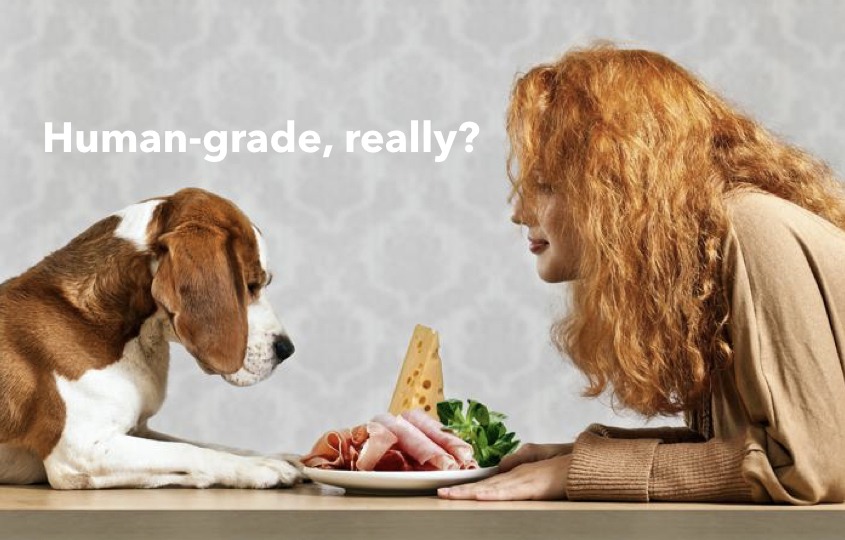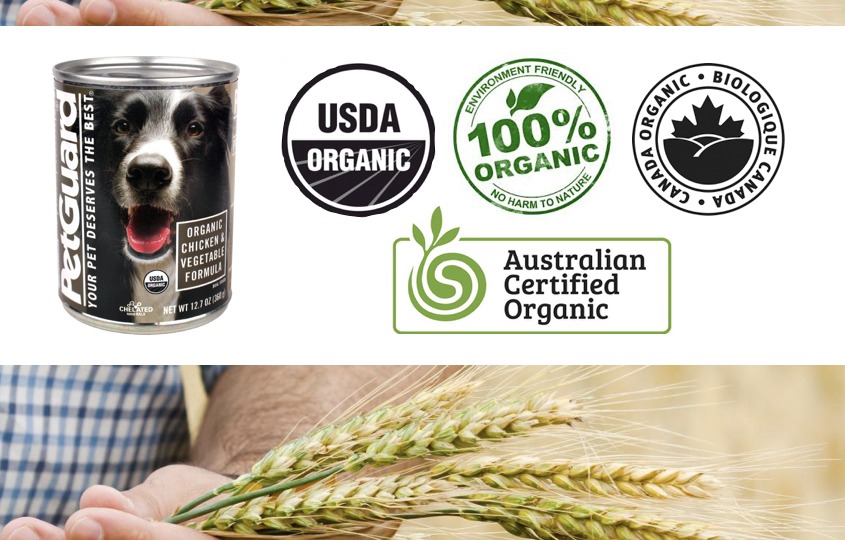To become a smart consumer of pet food and snack, you’ve got to see through the clutters, the empty claims. How? Let’s start with understanding what some of the most trendy and, at times, over-used marketing terms really mean.
What we have so far is The Association of American Feed Control (AAFCO) which lays out pet food labelling requirements, establishes feed ingredient definitions and guidelines for feeding trials but it does not have enforcement power nor they perform any testing on food sold in the market. All packaged pet food you see should have a AAFCO statement which is only a basic and minimum requirement. With this information in mind, now we can go further.

Premium
Premium, in definition, refers to exceptional quality or greater value than others of its kind. But the question is how we, end consumers, can evaluate if it is really “premium”. Unfortunately we cannot because, as of today, the usage of this terms is unregulated. In other words, a food label with “premium” wording is meaningless that we can simply ignore.
Related quiz: Which healthy human food can dogs eat?

Human-grade
Human-grade sounds easy to grasp – food is edible by humans. We don’t see many packaged pet food using this terms mainly because AAFCO doesn’t have an official definition. In essence, to be human-grade, every ingredient in the product—and every processing method—needs to meet FDA and USDA requirements for producing, processing and transporting foods suitable for consumption by humans, and every producer of the ingredients is licensed to perform those tasks. Very few pet food companies can meet these criteria, and giving it a definition would serve no use to most of the huge pet food companies.
This claim can be freely and loosely used on any marketing channels e.g. websites, leaflets and etc, but not on the pet food package. If you care dearly about this criteria, then you should look at food ingredients closely yourself and ask the manufacturer how to source, process their ingredients, how to ensure their suppliers also meet the standard. You will then know they are the real deal if they can answer those questions.

Organic
Some people prefer organic food when choosing their own food in supermarkets. To start with, what does “organic” mean? Put simply, if you see the “USDA Organic” or “Certified Organic” seal on your human food, the contents of this item should be 95% or more certified organic, meaning free of synthetic additives like pesticides, chemical fertilizers, and dyes, and must not be processed using industrial solvents, irradiation, or genetic engineering, according to the USDA. Besides “organic” food label, there are also “100% organic”, “made with organic ingredients” which means the food item is 70% to 94% organic and its package cannot display the “organic” label seal, and “less than 70% organic”.
For example in the United States, USDA National Organic Program regulates the certification and sensibly recommends the same organic standards for humans be applied to pet food. However, in reality no one has adopted a task force to exercise it, nor USDA regulate companies.
It means at this moment “organic” means something for human food (certification and regulations are in place), it means not much for pet food. Currently when you see a statement on a pet food saying it’s organic, or in the ingredient list, they don’t necessarily contain a single organic ingredient. In the long run, pet food companies and the whole organic industry suffers because organic foods command higher prices because consumers believing in the integrity of the certification standard. If no standard to meet, why pay more?
Related quiz: How well do you know about dog food? Related article: 9 toxic food to avoid feeding your dog
Source:
United States Department of Agriculture (USDA) National Organic Program
Australian Certified Organic
The Association of American Feed Control Officials (AAFCO)
Pet food politics, by Marion Nestle, PhD, is the Paulette Goddard professor of nutrition, food studies and public health at NYU
Hellodog does not provide medical advice, diagnosis or treatment. See more details here.
